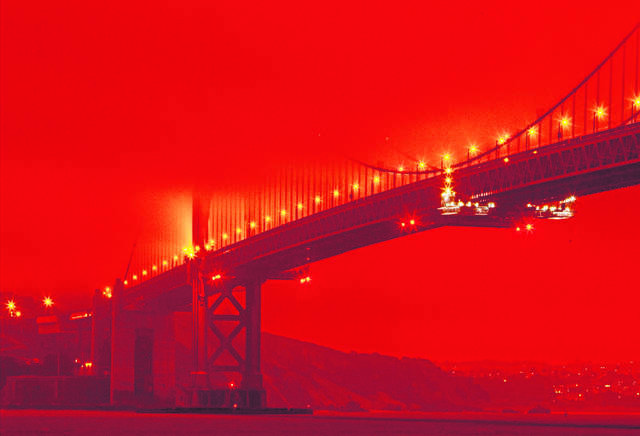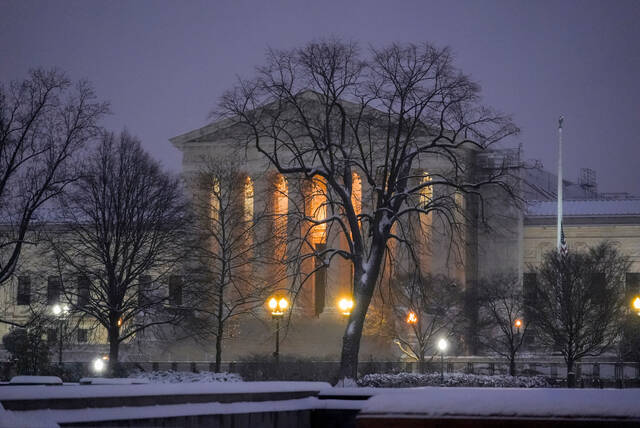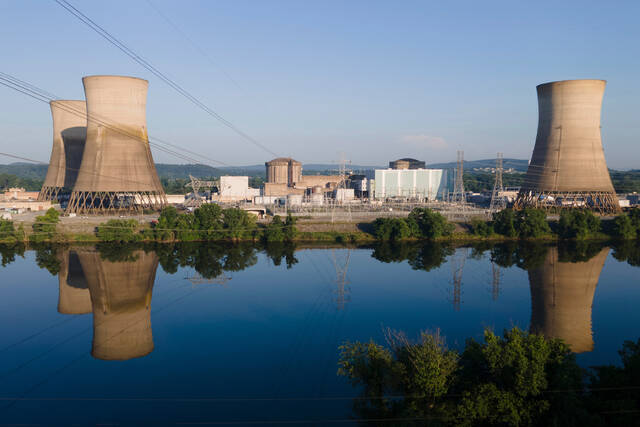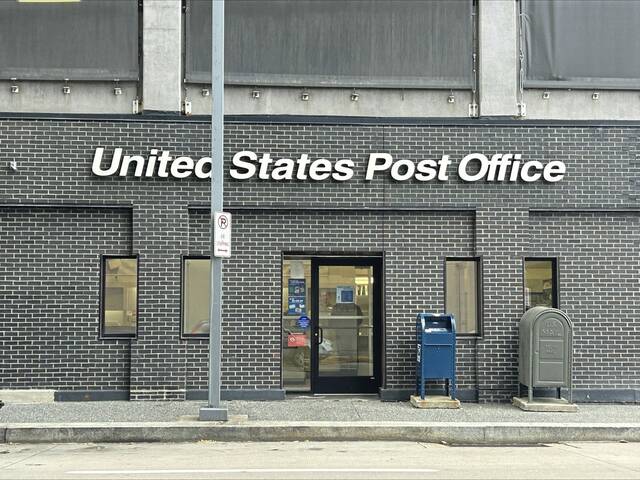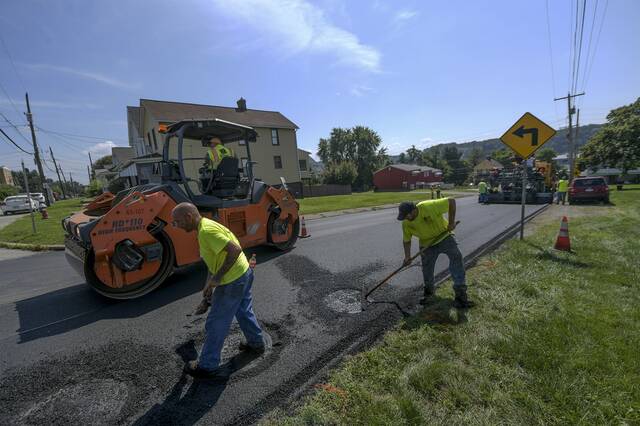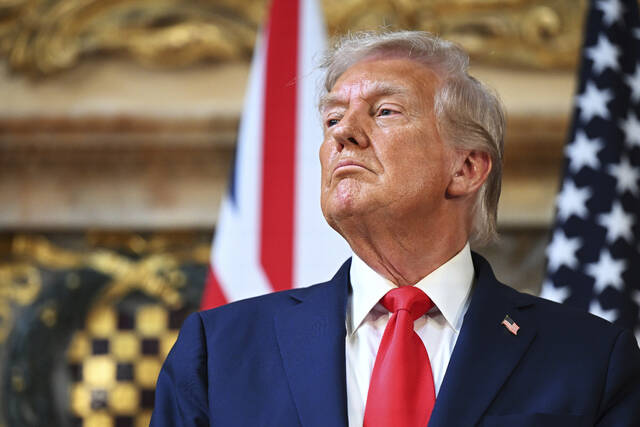Gentle rain and a cool breeze encourage tomatoes to grow and grass to be lush and green here in Pittsburgh. It is hard to imagine that our friends, relatives and fellow Americans in California, Washington and Oregon are waking up to apocalyptic, orange skies, air so smoky that air quality is off-the-charts bad in some places.
No one knows exactly how bad it is to breathe. Friends are making makeshift air filters with box fans and furnace filters to get a cleanish breath, while others have their evacuation kits at the ready even while unsure of exactly where to go.
Chris has experienced chest tightness even though his home is in a relatively cleaner pocket of air. Deanna cannot safely drive from Seattle back to her home in California because too much of Oregon is on fire. Maryl has sealed off her house to keep the smoke out while running air filters constantly to make the indoor air safer than what’s outside.
The kids cannot go outside to play. Another parent is anxious about her son’s cough. Maryl had not had an asthma problem until “fire season” started. When Maryl was growing up in the Seattle area, fire season was unheard of.
The fall fire season hasn’t even started, and already we’ve seen an astonishing amount of destruction. In California, 2.6 million acres have gone up in smoke, exceeding the 2 million acres burned in 2018. That year, the damage and economic loss from wildfires, according to AccuWeather, came to $400 billion.
At the end of August, nearly 4,000 homes and other structures had been consumed by wildfires this year in California. By early September, social media feeds were filled with photos of orange, smoky skies.
The explanation for the increasing intensity and frequency of wildfires is pretty straightforward: Climate change is making forests drier and weather hotter, conditions in which a lightning strike can ignite a fire that quickly destroys thousands of acres.
Climate scientist Park Williams of Columbia University told The New York Times, “Behind the scenes of all of this, you’ve got temperatures that are about two to three degrees Fahrenheit warmer now than they would have been without global warming.”
On our current trajectory, temperatures will continue to climb, bringing more fires and greater destruction. These wildfires also create a feedback loop that exacerbates climate change by releasing massive amounts of carbon dioxide into the atmosphere.
Unforeseen crises are also made worse by climate change. As we struggle to persevere through the coronavirus pandemic, for example, smoke from fires causes respiratory problems that can make the virus more deadly. People fleeing fires may also contend with crowded shelters that can spread the disease.
With the impact of climate change being felt here and now, we find ourselves running out of time to bring down the heat-trapping pollution that is warming our world. We must therefore use all the tools at our disposal to curtail those emissions.
One of the most effective tools is an ambitious price on carbon that will speed up the transition to a low- or zero-carbon economy. A tax or fee on carbon can have a positive impact on low- and middle-income families, too. How? Take the revenue from a carbon fee and distribute it to all households.
Legislation to implement an effective carbon price while protecting the economic well-being of people has been introduced in the U.S. House as the Energy Innovation and Carbon Dividend Act (House Resolution 763). The carbon fee is expected to drive down carbon emissions 40% in the first 12 years and 90% by 2050. A household impact study released in August found that among households in the lowest fifth economically, 96% would receive “carbon dividends” that exceed their carbon costs.
We urge U.S. Rep. Mike Doyle, D-Forest Hills, to join with the other 82 House members who are also co-sponsors. Pittsburgh City Council has also endorsed the Energy Innovation and Carbon Dividend Act.
Our smoke-filled skies should serve as a warning that our climate could one day be unbearable if we fail to take the actions necessary to rein in climate change. An effective price on carbon with money given to households can put us on the path to preserving a livable world.
Dana Siler is a volunteer with the Pittsburgh chapter of Citizens’ Climate Lobby. Mark Reynolds is executive director of Citizens’ Climate Lobby.


